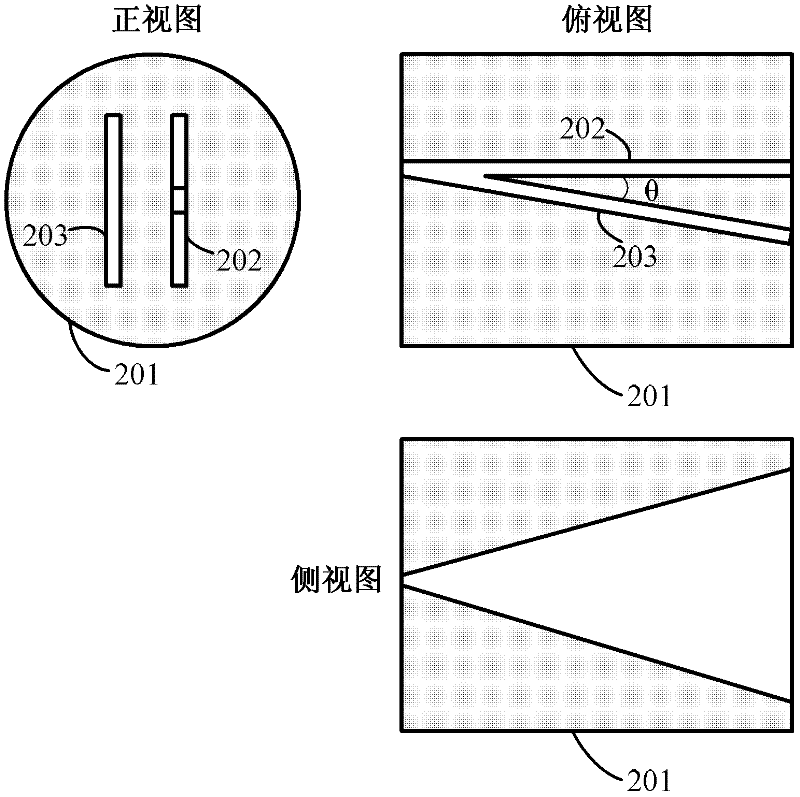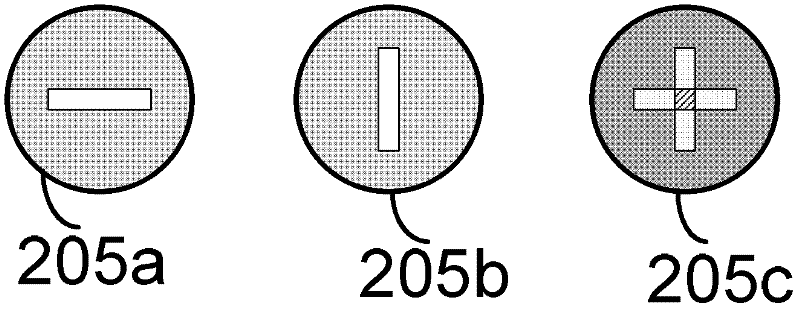Method and device for creating function curve of identified material
A function and curve technology, applied in the direction of using radiation for material analysis, etc., can solve the problems of harsh accelerator stability, difficult to apply, not proposed and so on
- Summary
- Abstract
- Description
- Claims
- Application Information
AI Technical Summary
Problems solved by technology
Method used
Image
Examples
Embodiment Construction
[0060] Hereinafter, preferred embodiments of the present invention will be described in detail with reference to the accompanying drawings. In the drawings, the same reference numerals are used to designate the same or similar components, although shown in different drawings.
[0061] According to the physical principle of dual-energy method to realize material identification, it is required that the X-rays of two energies interacting with the object to be inspected have obvious energy (energy spectrum) differences, and at the same time, X-rays of two different energies are required to be in the same body of the object to be inspected. The interaction between the elements is detected, thereby ensuring the accurate identification of the material properties of the substance.
[0062] According to the embodiments of the present invention, when performing radiation imaging inspection on the object to be inspected, a radiation source first needs to generate high-energy X-rays with ...
PUM
 Login to View More
Login to View More Abstract
Description
Claims
Application Information
 Login to View More
Login to View More - R&D
- Intellectual Property
- Life Sciences
- Materials
- Tech Scout
- Unparalleled Data Quality
- Higher Quality Content
- 60% Fewer Hallucinations
Browse by: Latest US Patents, China's latest patents, Technical Efficacy Thesaurus, Application Domain, Technology Topic, Popular Technical Reports.
© 2025 PatSnap. All rights reserved.Legal|Privacy policy|Modern Slavery Act Transparency Statement|Sitemap|About US| Contact US: help@patsnap.com



